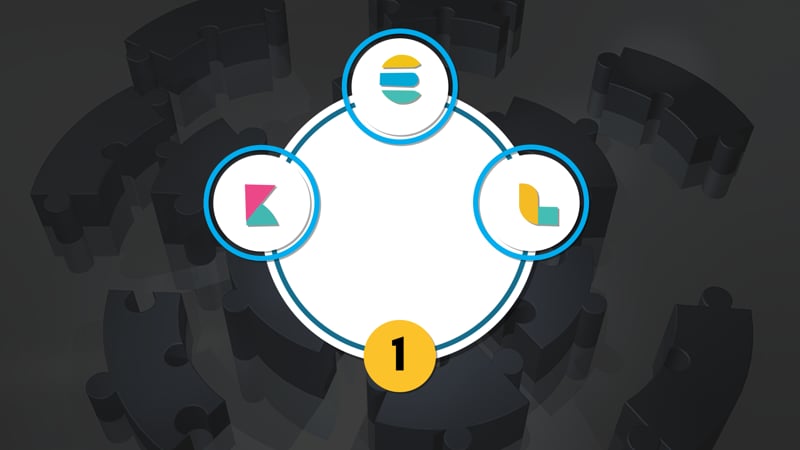ElasticSearch, LogStash, Kibana ELK 1- Learn ElasticSearch
In the recent years – the term BigData has been gaining popularity as well and there has been a paradigm shift is the volume of information and the ways in which it can be extracted from this data....
- All levels
- English

Course Description
In the recent years – the term BigData has been gaining popularity as well and there has been a paradigm shift is the volume of information and the ways in which it can be extracted from this data. ELK is one of the few new-age frameworks which is capable of handling Big Data demands and scale. Over the years the ELK stack has become quite popular. And for a good reason. It is a very robust,...
In the recent years – the term BigData has been gaining popularity as well and there has been a paradigm shift is the volume of information and the ways in which it can be extracted from this data.
ELK is one of the few new-age frameworks which is capable of handling Big Data demands and scale.
Over the years the ELK stack has become quite popular. And for a good reason. It is a very robust, mature and feature rich framework. ELK is used by large enterprises, government organizations and startups alike. The ELK stack has a very rich and active community behind it. They develop, share and support tons of source code, components, plugins and knowledge about these tools freely and openly.
See more See lessWhat you’ll learn
- It is a very robust, mature and feature rich framework.
- They develop, share and support tons of source code, components, plugins and knowledge about these tools freely and openly.
- we will focus on one such enterprise search engine- The ElasticSearch which is one of the core components of the ELK stack. We will look at the overview and explore the technology that goes into this tool.
- your own search cluster using these components together.
Curriculum
Frequently Asked Questions
This course includes
- Lectures 40
- Duration 3.5 Hour
- Language English
- Certificate No





